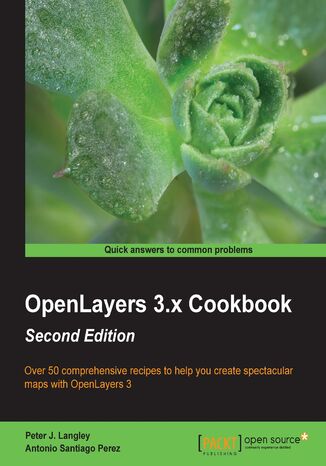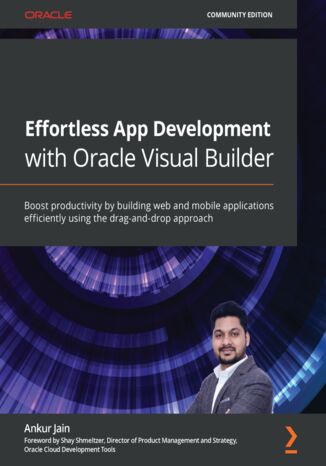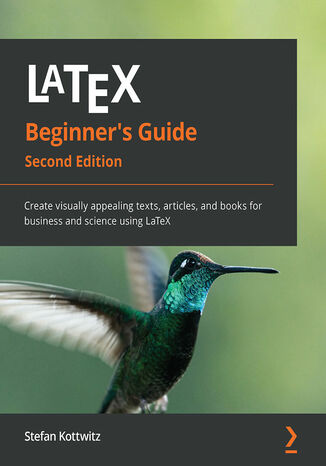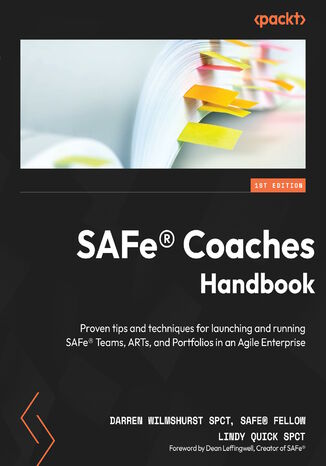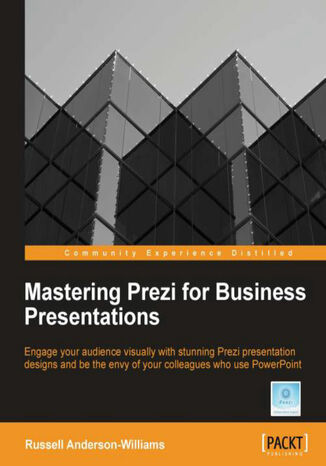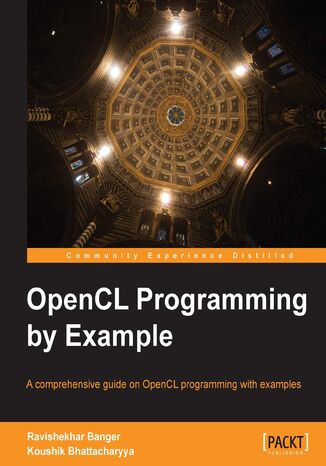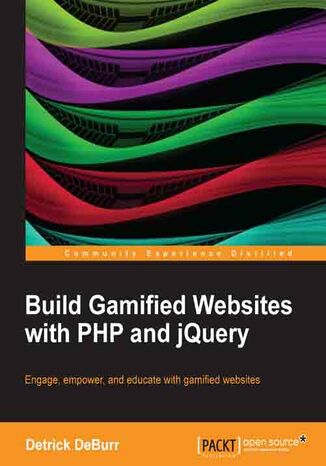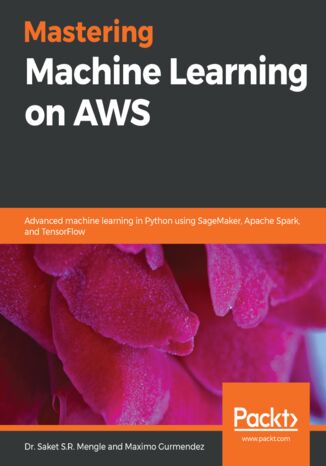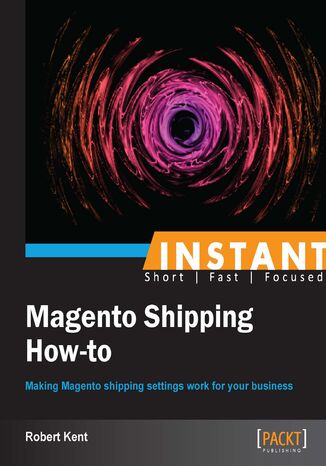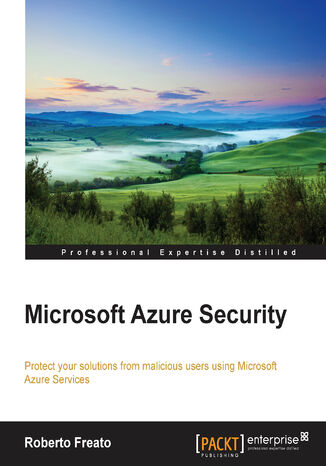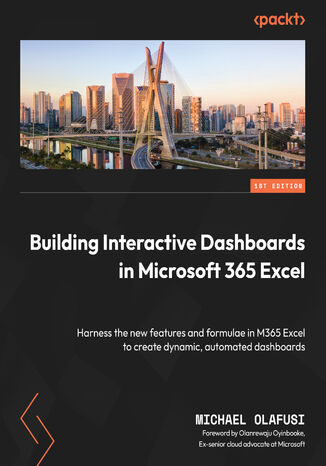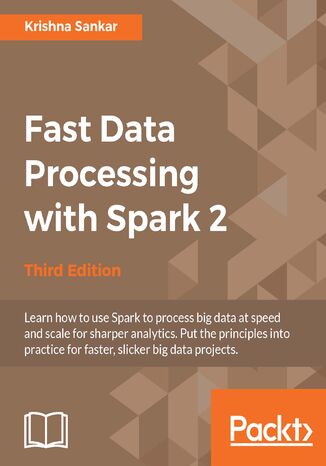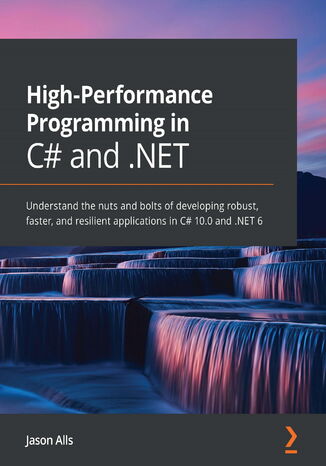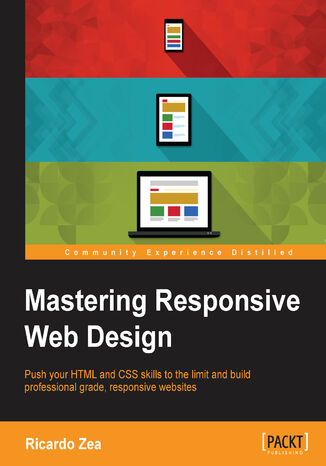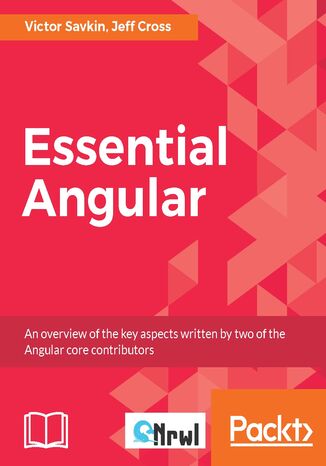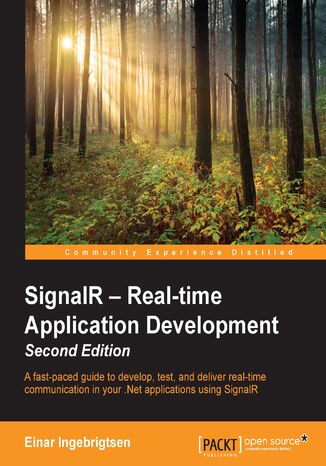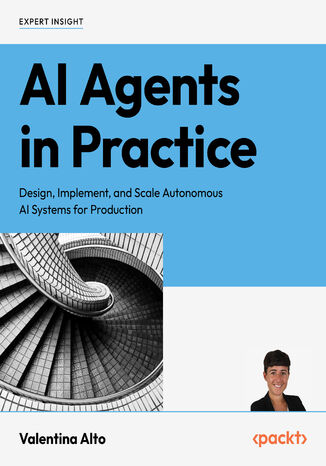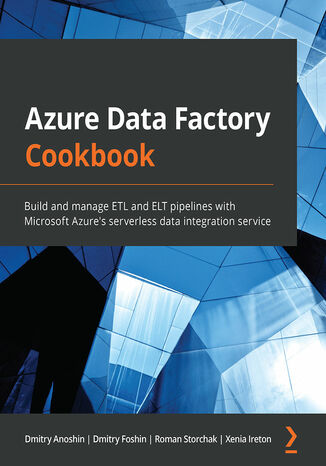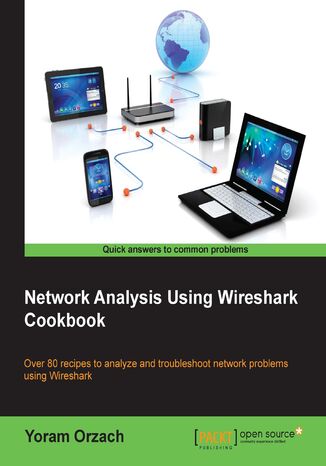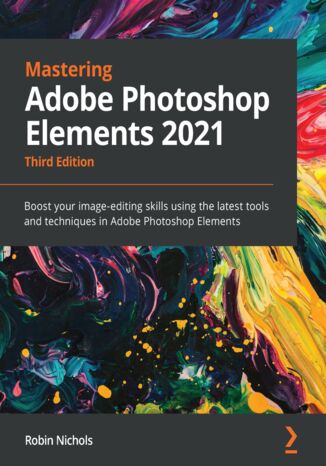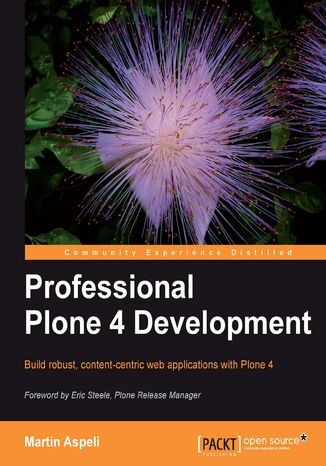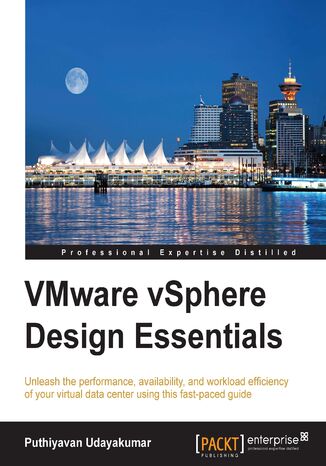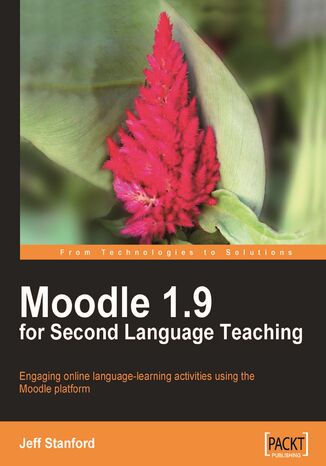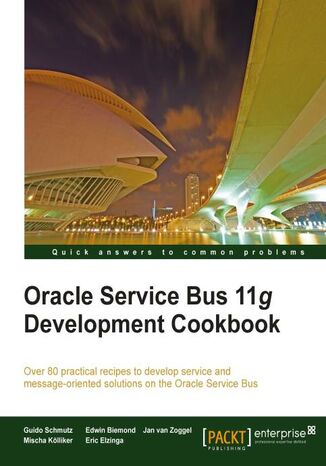Categories
-
- Bitcoin
- Businesswoman
- Coaching
- Controlling
- E-business
- Economy
- Finances
- Stocks and investments
- Personal competence
- Computer in the office
- Communication and negotiation
- Small company
- Marketing
- Motivation
- Multimedia trainings
- Real estate
- Persuasion and NLP
- Taxes
- Social policy
- Guides
- Presentations
- Leadership
- Public Relation
- Reports, analyses
- Secret
- Social Media
- Sales
- Start-up
- Your career
- Management
- Project management
- Human Resources
-
- Architektura i wnętrza
- Health and Safety
- Biznes i Ekonomia
- Home and garden
- E-business
- Ekonomia i finanse
- Esoterecism
- Finances
- Personal finance
- Business
- Photography
- Computer science
- HR & Payroll
- For women
- Computers, Excel
- Accounts
- Culture and literature
- Scientific and academic
- Environmental protection
- Opinion-forming
- Education
- Taxes
- Travelling
- Psychology
- Religion
- Agriculture
- Book and press market
- Transport and Spedition
- Healthand beauty
-
- Office applications
- Data bases
- Bioinformatics
- IT business
- CAD/CAM
- Digital Lifestyle
- DTP
- Electronics
- Digital photography
- Computer graphics
- Games
- Hacking
- Hardware
- IT w ekonomii
- Scientific software package
- School textbooks
- Computer basics
- Programming
- Mobile programming
- Internet servers
- Computer networks
- Start-up
- Operational systems
- Artificial intelligence
- Technology for children
- Webmastering
-
- Antology
- Ballade
- Biographies and autobiographies
- For adults
- Dramas
- Diaries, memoirs, letters
- Epic, epopee
- Essay
- Fantasy and science fiction
- Feuilletons
- Work of fiction
- Humour and satire
- Other
- Classical
- Crime fiction
- Non-fiction
- Fiction
- Mity i legendy
- Nobelists
- Novellas
- Moral
- Okultyzm i magia
- Short stories
- Memoirs
- Travelling
- Narrative poetry
- Poetry
- Politics
- Popular science
- Novel
- Historical novel
- Prose
- Adventure
- Journalism, publicism
- Reportage novels
- Romans i literatura obyczajowa
- Sensational
- Thriller, Horror
- Interviews and memoirs
-
- Archeology
- Bibliotekoznawstwo
- Cinema studies
- Philology
- Polish philology
- Philosophy
- Finanse i bankowość
- Geography
- Economy
- Trade. World economy
- History and archeology
- History of art and architecture
- Cultural studies
- Linguistics
- Literary studies
- Logistics
- Maths
- Medicine
- Humanities
- Pedagogy
- Educational aids
- Popular science
- Other
- Psychology
- Sociology
- Theatre studies
- Theology
- Economic theories and teachings
- Transport i spedycja
- Physical education
- Zarządzanie i marketing
-
- Health and Safety
- History
- Road Code. Driving license
- Law studies
- Healthcare
- General. Compendium of knowledge
- Academic textbooks
- Other
- Construction and local law
- Civil law
- Financial law
- Economic law
- Economic and trade law
- Criminal law
- Criminal law. Criminal offenses. Criminology
- International law
- International law
- Health care law
- Educational law
- Tax law
- Labor and social security law
- Public, constitutional and administrative law
- Family and Guardianship Code
- agricultural law
- Social law, labour law
- European Union law
- Industry
- Agricultural and environmental
- Dictionaries and encyclopedia
- Public procurement
- Management
-
- Africa
- Albums
- Southern America
- North and Central America
- Australia, New Zealand, Oceania
- Austria
- Asia
- Balkans
- Middle East
- Bulgary
- China
- Croatia
- The Czech Republic
- Denmark
- Egipt
- Estonia
- Europe
- France
- Mountains
- Greece
- Spain
- Holand
- Iceland
- Lithuania
- Latvia
- Mapy, Plany miast, Atlasy
- Mini travel guides
- Germany
- Norway
- Active travelling
- Poland
- Portugal
- Other
- Przewodniki po hotelach i restauracjach
- Russia
- Romania
- Slovakia
- Slovenia
- Switzerland
- Sweden
- World
- Turkey
- Ukraine
- Hungary
- Great Britain
- Italy
-
- Philosophy of life
- Kompetencje psychospołeczne
- Interpersonal communication
- Mindfulness
- General
- Persuasion and NLP
- Academic psychology
- Psychology of soul and mind
- Work psychology
- Relacje i związki
- Parenting and children psychology
- Problem solving
- Intellectual growth
- Secret
- Sexapeal
- Seduction
- Appearance and image
- Philosophy of life
-
- Bitcoin
- Businesswoman
- Coaching
- Controlling
- E-business
- Economy
- Finances
- Stocks and investments
- Personal competence
- Communication and negotiation
- Small company
- Marketing
- Motivation
- Real estate
- Persuasion and NLP
- Taxes
- Social policy
- Guides
- Presentations
- Leadership
- Public Relation
- Secret
- Social Media
- Sales
- Start-up
- Your career
- Management
- Project management
- Human Resources
-
- Antology
- Ballade
- Biographies and autobiographies
- For adults
- Dramas
- Diaries, memoirs, letters
- Epic, epopee
- Essay
- Fantasy and science fiction
- Feuilletons
- Work of fiction
- Humour and satire
- Other
- Classical
- Crime fiction
- Non-fiction
- Fiction
- Mity i legendy
- Nobelists
- Novellas
- Moral
- Okultyzm i magia
- Short stories
- Memoirs
- Travelling
- Poetry
- Politics
- Popular science
- Novel
- Historical novel
- Prose
- Adventure
- Journalism, publicism
- Reportage novels
- Romans i literatura obyczajowa
- Sensational
- Thriller, Horror
- Interviews and memoirs
-
- Philosophy of life
- Interpersonal communication
- Mindfulness
- General
- Persuasion and NLP
- Academic psychology
- Psychology of soul and mind
- Work psychology
- Relacje i związki
- Parenting and children psychology
- Problem solving
- Intellectual growth
- Secret
- Sexapeal
- Seduction
- Appearance and image
- Philosophy of life
Peter J. Langley, Antonio Santiago Perez
OpenLayers 3 is one of the most important and complete open source JavaScript mapping libraries today. Throughout this book, you will go through recipes that expose various features of OpenLayers 3, allowing you to gain an insight into building complex GIS web applications.You will get to grips with the basics of creating a map with common functionality and quickly advance to more complicated solutions that address modern challenges. You will explore into maps, raster and vector layers, and styling in depth. This book also includes problem solving and how-to recipes for the most common and important tasks.
Organizations are moving their applications, data, and processes to the cloud to reduce application costs, effort, and maintenance. However, adopting new technology poses challenges for developers, solutions architects, and designers due to a lack of knowledge and appropriate practical training resources. This book helps you get to grips with Oracle Visual Builder (VB) and enables you to quickly develop web and mobile applications and deploy them to production without hassle.This book will provide you with a solid understanding of VB so that you can adopt it at a faster pace and start building applications right away. After working with real-time examples to learn about VB, you'll discover how to design, develop, and deploy web and mobile applications quickly. You'll cover all the VB components in-depth, including web and mobile application development, business objects, and service connections. In order to use all these components, you'll also explore best practices, security, and recommendations, which are well explained within the chapters. Finally, this book will help you gain the knowledge you need to enhance the performance of an application before deploying it to production.By the end of this book, you will be able to work independently and deploy your VB applications efficiently and with confidence.
LaTeX is high-quality open source typesetting software that produces professional prints and PDF files. It's a powerful and complex tool with a multitude of features, so getting started can be intimidating. However, once you become comfortable with LaTeX, its capabilities far outweigh any initial challenges, and this book will help you with just that!The LaTeX Beginner's Guide will make getting started with LaTeX easy. If you are writing mathematical, scientific, or business papers, or have a thesis to write, this is the perfect book for you. With the help of fully explained examples, this book offers a practical introduction to LaTeX with plenty of step-by-step examples that will help you achieve professional-level results in no time. You'll learn to typeset documents containing tables, figures, formulas, and common book elements such as bibliographies, glossaries, and indexes, and go on to manage complex documents and use modern PDF features. You'll also get to grips with using macros and styles to maintain a consistent document structure while saving typing work.By the end of this LaTeX book, you'll have learned how to fine-tune text and page layout, create professional-looking tables, include figures, present complex mathematical formulas, manage complex documents, and benefit from modern PDF features.
Darren Wilmshurst, Dean Leffingwell, Lindy Quick
The Scaled Agile Framework (SAFe®) is widely recognized as an eff ective methodology for implementing Agile practices at the Enterprise level. However, the complexity of SAFe® can make it challenging for Teams and organizations to determine which practices can be safely adapted to their unique needs. Although SAFe® is a framework rather than a set of rules, promoting adaptation, it’s crucial to understand why SAFe® practices are designed the way they are along with the consequences of modifying them.The SAFe® Coaches Handbook is a comprehensive resource that goes beyond a how-to guide, providing a deep understanding of SAFe® principles and practices. The chapters are designed in a way to teach you how to successfully implement SAFe® in your organization and eff ectively manage the Team’s Backlog while avoiding common pitfalls. You’ll discover optimal ways to create SAFe® Teams and run successful Events. You’ll also learn how to plan Agile Release Trains (ARTs), manage the ART Backlog, conduct PI Planning, and grasp the importance of Value Stream Identifi cation in driving value delivery.By the end of this book, you’ll be armed with practical tips and advice to help you successfully customize the Scaled Agile Framework to your Enterprise’s needs while preserving the aspects that make it work successfully.
Prezi is a tool for delivering presentations in a linear or non-linear format. This cloud-based software enables users to structure presentations on an infinite canvass in a way that is much more engaging and visually stimulating to the audience.Mastering Prezi for Business Presentations is a must read for anyone already using Prezi who wants to take their presentations to the next level. It covers all of the technical elements of the software, whilst also looking at the practicalities of using Prezi in a business environment.This book covers all the technical elements of Prezi and also teaches the reader how to think for Prezi, and approach their design in the best way. This is an essential resource for people who want to use Prezi seriously.As well as covering best practices for inserting imagery, sound, and video, this book also covers topics for business users like collaborating and sharing Prezis online, using Prezi at a meeting to brain storm with overseas colleagues, and how to 'Prezify' PowerPoint or Keynote slides.Mastering Prezi for Business Presentations will escalate you from Prezi user to master with ease.
Koushik Bhattacharyya, Ravishekhar Banger
Research in parallel programming has been a mainstream topic for a decade, and will continue to be so for many decades to come. Many parallel programming standards and frameworks exist, but only take into account one type of hardware architecture. Today computing platforms come with many heterogeneous devices. OpenCL provides royalty free standard to program heterogeneous hardware.This guide offers you a compact coverage of all the major topics of OpenCL programming. It explains optimization techniques and strategies in-depth, using illustrative examples and also provides case studies from diverse fields. Beginners and advanced application developers will find this book very useful.Beginning with the discussion of the OpenCL models, this book explores their architectural view, programming interfaces and primitives. It slowly demystifies the process of identifying the data and task parallelism in diverse algorithms.It presents examples from different domains to show how the problems within different domains can be solved more efficiently using OpenCL. You will learn about parallel sorting, histogram generation, JPEG compression, linear and parabolic regression and k-nearest neighborhood, a clustering algorithm in pattern recognition. Following on from this, optimization strategies are explained with matrix multiplication examples. You will also learn how to do an interoperation of OpenGL and OpenCL.OpenCL Programming by Example explains OpenCL in the simplest possible language, which beginners will find it easy to understand. Developers and programmers from different domains who want to achieve acceleration for their applications will find this book very useful.
Gamification involves the process of leveraging the features of real games into real life. A gamified website has the potential to increase user engagement, ROI, and learning. This book will help you build gamified websites with PHP and jQuery by making you understand the gamification design process to implement game mechanics in practical applications.Gamified websites are very popular amongst Internet users. The gamification of a web content draws users into action to empower them and help them develop new skills. Games engage user attention into the task and each task accomplished will mean the development and enhancement of new skills. This book will help you to apply the essence of games into real word applications such as business and education.Build Gamified Websites with PHP and jQuery aims at empowering and educating the users with an educational gamified website. The book walks through the process of developing a gamified website. Through the course of the book, you will learn gamification development process. The book emphasizes on the application of game mechanics to motivate the user. You will then use the Fogg behaviour model to influence the user behaviour. By the end of the book, you will see yourself building more engaging yet simple websites based on rational principles.
Dr. Saket S.R. Mengle, Maximo Gurmendez
Amazon Web Services (AWS) is constantly driving new innovations that empower data scientists to explore a variety of machine learning (ML) cloud services. This book is your comprehensive reference for learning and implementing advanced ML algorithms in AWS cloud.As you go through the chapters, you’ll gain insights into how these algorithms can be trained, tuned, and deployed in AWS using Apache Spark on Elastic Map Reduce (EMR), SageMaker, and TensorFlow. While you focus on algorithms such as XGBoost, linear models, factorization machines, and deep nets, the book will also provide you with an overview of AWS as well as detailed practical applications that will help you solve real-world problems. Every application includes a series of companion notebooks with all the necessary code to run on AWS. In the next few chapters, you will learn to use SageMaker and EMR Notebooks to perform a range of tasks, right from smart analytics and predictive modeling through to sentiment analysis. By the end of this book, you will be equipped with the skills you need to effectively handle machine learning projects and implement and evaluate algorithms on AWS.
Instant Magento Shipping How-to. Making Magento shipping settings work for your business
There is nothing worse for a customer than paying for an item online and never receiving it. As store owners, it is your responsibility to make sure each order is processed correctly, and more importantly—shipped. Configured correctly, Magento's shipping settings will not only make your lives as vendors much easier, but will also, through good service, keep customers coming back for more.Instant Magento Shipping How-to is a comprehensive guide on how to set up your Magento Shipping configuration. This book will also broaden your knowledge of the various systems within Magento that impact upon the shipping settings.Instant Magento Shipping How-to will walk you through the steps required to conduct the initial configuration to allow shipping for your products, taking into account Tax settings and the different product types. Magento's administration panel is a bit of a daunting system. Being able to customise all of Magento's shipping settings is what makes the difference between a store that can take orders and ship them and a store that delivers on all levels.
Michael Olafusi, Olanrewaju Oyinbooke
M365 Excel is a modern Excel version that is constantly updated with features that make creating and automating analyses, reports, and dashboards very easy compared with older Excel versions. This book will help you leverage its full capabilities, beginning with a quick overview of what dashboards are and how they are different from other types of reports. Then, you’ll familiarize yourself with the different standard dashboards currently available and what they are meant to accomplish for organizations. As you progress, you’ll get to grips with the use of new powerful tools such as Power Query and dynamic array formulae in the automation of analysis, gaining insights into the right approach to take in building effective dashboards. You’ll equip yourself with not only all the essential formulae, charts, and non-chart visuals but also learn how to set up your dashboard perfectly. Along the way, you’ll build a couple of awesome dashboards from scratch to utilize your newfound knowledge.By the end of this book, you will be able to carry out an impressive and robust level of analysis on business data that may come from multiple sources or files, using better processes, formulae, and best practices in M365 to create insightful dashboards faster.
Fast Data Processing with Spark 2. Accelerate your data for rapid insight - Third Edition
When people want a way to process big data at speed, Spark is invariably the solution. With its ease of development (in comparison to the relative complexity of Hadoop), it’s unsurprising that it’s becoming popular with data analysts and engineers everywhere. Beginning with the fundamentals, we’ll show you how to get set up with Spark with minimum fuss. You’ll then get to grips with some simple APIs before investigating machine learning and graph processing – throughout we’ll make sure you know exactly how to apply your knowledge. You will also learn how to use the Spark shell, how to load data before finding out how to build and run your own Spark applications. Discover how to manipulate your RDD and get stuck into a range of DataFrame APIs. As if that’s not enough, you’ll also learn some useful Machine Learning algorithms with the help of Spark MLlib and integrating Spark with R. We’ll also make sure you’re confident and prepared for graph processing, as you learn more about the GraphX API.
Writing high-performance code while building an application is crucial, and over the years, Microsoft has focused on delivering various performance-related improvements within the .NET ecosystem. This book will help you understand the aspects involved in designing responsive, resilient, and high-performance applications with the new version of C# and .NET.You will start by understanding the foundation of high-performance code and the latest performance-related improvements in C# 10.0 and .NET 6. Next, you’ll learn how to use tracing and diagnostics to track down performance issues and the cause of memory leaks. The chapters that follow then show you how to enhance the performance of your networked applications and various ways to improve directory tasks, file tasks, and more. Later, you’ll go on to improve data querying performance and write responsive user interfaces. You’ll also discover how you can use cloud providers such as Microsoft Azure to build scalable distributed solutions. Finally, you’ll explore various ways to process code synchronously, asynchronously, and in parallel to reduce the time it takes to process a series of tasks.By the end of this C# programming book, you’ll have the confidence you need to build highly resilient, high-performance applications that meet your customer's demands.
Building powerful and accessible websites and apps using HTML5 and CSS3 is a must if we want to create memorable experiences for our users. In the ever-changing world of web design and development, being proficient in responsive web design is no longer an option: it is mandatory.Each chapter will take you one step closer to becoming an expert in RWD. Right from the start your skills will be pushed as we introduce you to the power of Sass, the CSS preprocessor, to increase the speed of writing repetitive CSS tasks. We’ll then use simple but meaningful HTML examples, and add ARIA roles to increase accessibility. We’ll also cover when desktop-first or mobile-first approaches are ideal, and strategies to implement a mobile-first approach in your HTML builds.After this we will learn how to use an easily scalable CSS grid or, if you prefer, how to use Flexbox instead. We also cover how to implement images and video in both responsive and responsible ways. Finally, we build a solid and elegant typographic scale, and make sure your messages and communications display correctly with responsive emails.
Essential Angular 4. Fast paced guide to Front-end web development with Angular
Essential Angular is a concise, complete overview of the key aspects of Angular, written by two Angular core contributors. The book covers the framework's mental model, its API, and the design principles behind it. This book is fully up to date with the latest release of Angular.Essential Angular gives you a strong foundation in the core Angular technology. It will help you put all the concepts into the right places so you will have a good understanding of why the framework is the way it is. Read this book after you have toyed around with the framework, but before you embark on writing your first serious Angular application.This book covers concepts such as the differences between Just-In-Time (JIT) and Ahead-Of-Time (AOT) compilation in Angular, alongside NgModules, components and directives. It also goes into detail on Dependency Injection and Change Detection: essential skills for Angular developers to master. The book finishes with a look at testing, and how to integrate different testing methodologies in your Angular code.
AI Agents in Practice. Design, implement, and scale autonomous AI systems for production
As AI agents evolve to take on complex tasks and operate autonomously, you need to learn how to build these next-generation systems. Author Valentina Alto brings practical, industry-grounded expertise in AI Agents in Practice to help you go beyond simple chatbots and create AI agents that plan, reason, collaborate, and solve real-world problems using large language models (LLMs) and the latest open-source frameworks.In this book, you'll get a comparative tour of leading AI agent frameworks such as LangChain and LangGraph, covering each tool's strengths, ideal use cases, and how to apply them in real-world projects. Through step-by-step examples, you’ll learn how to construct single-agent and multi-agent architectures using proven design patterns to orchestrate AI agents working together. Case studies across industries will show you how AI agents drive value in real-world scenarios, while guidance on responsible AI will help you implement ethical guardrails from day one. The chapters also set the stage with a brief history of AI agents, from early rule-based systems to today's LLM-driven autonomous agents, so you understand how we got here and where the field is headed.By the end of this book, you'll have the practical skills, design insights, and ethical foresight to build and deploy AI agents that truly make an impact.
Dmitry Anoshin, Dmitry Foshin, Roman Storchak, Xenia Ireton
Azure Data Factory (ADF) is a modern data integration tool available on Microsoft Azure. This Azure Data Factory Cookbook helps you get up and running by showing you how to create and execute your first job in ADF. You’ll learn how to branch and chain activities, create custom activities, and schedule pipelines. This book will help you to discover the benefits of cloud data warehousing, Azure Synapse Analytics, and Azure Data Lake Gen2 Storage, which are frequently used for big data analytics. With practical recipes, you’ll learn how to actively engage with analytical tools from Azure Data Services and leverage your on-premise infrastructure with cloud-native tools to get relevant business insights. As you advance, you’ll be able to integrate the most commonly used Azure Services into ADF and understand how Azure services can be useful in designing ETL pipelines. The book will take you through the common errors that you may encounter while working with ADF and show you how to use the Azure portal to monitor pipelines. You’ll also understand error messages and resolve problems in connectors and data flows with the debugging capabilities of ADF.By the end of this book, you’ll be able to use ADF as the main ETL and orchestration tool for your data warehouse or data platform projects.
Is your network slow? Are your users complaining? Disconnections? IP Telephony problems? Video freezes? Network analysis is the process of isolating these problems and fixing them, and Wireshark has long been the most popular network analyzer for achieving this goal. Based on hundreds of solved cases, Network Analysis using Wireshark Cookbook provides you with practical recipes for effective Wireshark network analysis to analyze and troubleshoot your network.Network analysis using Wireshark Cookbook highlights the operations of Wireshark as a network analyzer tool. This book provides you with a set of practical recipes to help you solve any problems in your network using a step-by-step approach.Network analysis using Wireshark Cookbook starts by discussing the capabilities of Wireshark, such as the statistical tools and the expert system, capture and display filters, and how to use them. The book then guides you through the details of the main networking protocols, that is, Ethernet, LAN switching, and TCP/IP, and then discusses the details of application protocols and their behavior over the network. Among the application protocols that are discussed in the book are standard Internet protocols like HTTP, mail protocols, FTP, and DNS, along with the behavior of databases, terminal server clients, Citrix, and other applications that are common in the IT environment.In a bottom-up troubleshooting approach, the book goes up through the layers of the OSI reference model explaining how to resolve networking problems. The book starts from Ethernet and LAN switching, through IP, and then on to TCP/UDP with a focus on TCP performance problems. It also focuses on WLAN security. Then, we go through application behavior issues including HTTP, mail, DNS, and other common protocols. The book finishes with a look at network forensics and how to search and find security problems that might harm the network.
Managing thousands of images while producing perfectly edited results is now a must-have skill for online bloggers, influencers, vloggers, social media users, and photography enthusiasts. Photoshop Elements helps you to manage this easily and boost your creative output.This third edition is updated with Elements 2021’s latest features and focuses on Adobe's AI-powered features along with the entire creative workflow. Each chapter is designed to help you get the most out of your image files in an easy way. You’ll learn how to add significant visual improvements to your work using no more than a few one-click edits with AI-driven features and manual adjustments. The book is filled with useful instructions to guide you seamlessly through the often complex processes, tools, and features in Photoshop Elements. Finally, you’ll cover everything from developing your organizational skills through to creating remarkable special effects, complex text, image combinations, and eye-popping visual techniques using both AI-driven features as well as manually operated tools.By the end of this Photoshop Elements book, you'll have learned how to leverage the impressive tools available in Photoshop Elements 2021, and use them to greatly improve your photo editing and image retouching skills.
Professional Plone 4 Development. Build robust, content-centric web applications with Plone 4
Martin Aspeli, The Plone Foundation Alex Limi Toby Roberts (Project)
A years of experience in Plone development and project management are combined with an approachable writing style to create an engaging and highly-informative guide to working with Plone. Professional Plone 4 Development stands as an excellent resource for developers of all levels.- Eric Steele, Plone Release ManagerPlone is a web content management system that features among the top 2% of open source projects and is used by more than 300 solution providers in 57 countries. Its powerful workflow system, outstanding security track record, friendly user interface, elegant development model and vibrant community makes Plone a popular choice for building content-centric applications. By customising and extending the base platform, integrators can build unique solutions tailored to specific projects quickly and easily.If you want to create your own web applications and advanced websites using Plone 4, Professional Plone 4 Development is the book you need.The https://www.packtpub.com/Professional-Plone-web-applications-CMS/book first edition of this book remains one of the most widely read and recommended Plone books. This second edition is completely revised and up-to-date for Plone 4.1, covering new topics such as Dexterity, Diazo, jQuery and z3c.form, as well as improved ways of working with existing technologies such as Buildout, SQLAlchemy and the Pluggable Authentication Service. It retains the writing style and comprehensive approach that made the first edition so popular.Built around a realistic case study, Professional Plone 4 Development will take you from an understanding of Plone’s central concepts, through basic customization, theming, and custom development, to deployment and optimization.The book is divided into four sections:First, you will be introduced to Plone and the case study, and learn how to set up a development environment.The second section covers basic customization, including theming a Plone site using Diazo.The third section focuses on custom development – building new content types and user interfaces, customizing security and integrating with external databases.The final chapters cover deployment and performance optimization.
That word Moodle keeps cropping up all over the place ñ it's in the newspapers, on other teachers' tongues, in more and more articles. Do you want to find out more about it yourself and learn how to create all sorts of fun and useful online language activities with it? Your search ends right here.This book demystifies Moodle and provides you with answers to your queries. It helps you create engaging online language learning activities using the Moodle platform. It has suggestions and fully working examples for adapting classroom activities to the Virtual Learning Environment.This book breaks down the core components of a typical language syllabus ñ speaking, pronunciation, listening, reading, writing, vocabulary, grammar, and assessment ñ and shows you how to use Moodle 1.9 to create complete, usable activities that practise them. Each chapter starts with activities that are easier to set up and progresses to more complex ones. Nevertheless, it's a recipe book so each activity is independent. We start off with a brief introduction to Moodle so that you're ready to deal with those specific syllabus topics, and conclude with building extended activities that combine all syllabus elements, making your course attractive and effective. Building activities based on the models in this book, you will develop the confidence to set up your own Moodle site with impressive results.
Oracle Service Bus 11g Development Cookbook
Mischa Koelliker, Eric Elzinga, Mischa K?É?íÂ!?lliker, Jan van Zoggel, ...
Oracle Service Bus 11g is a scalable SOA integration platform that delivers an efficient, standards-based infrastructure for high-volume, mission critical SOA environments. It is designed to connect, mediate, and manage interactions between heterogeneous services, legacy applications, packaged solutions and multiple Enterprise Service Bus (ESB) instances across an enterprise-wide service network. Oracle Service Bus is a core component in the Oracle SOA Suite as a backbone for SOA messaging.This practical cookbook shows you how to develop service and message-oriented (integration) solutions on the Oracle Service Bus 11g.Packed with over 80 task-based and immediately reusable recipes, this book starts by showing you how to create a basic OSB service and work efficiently and effectively with OSB. The book then dives into topics such as messaging with JMS transport, using EJB and JEJB transport, HTTP transport and Poller transports, communicating with the database, communicating with SOA Suite and Reliable Message Processing amongst others. The last two chapters discuss how to achieve message and transport-level security on the OSB.

